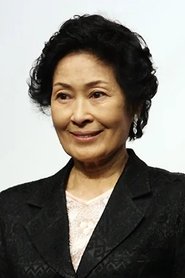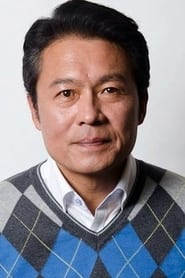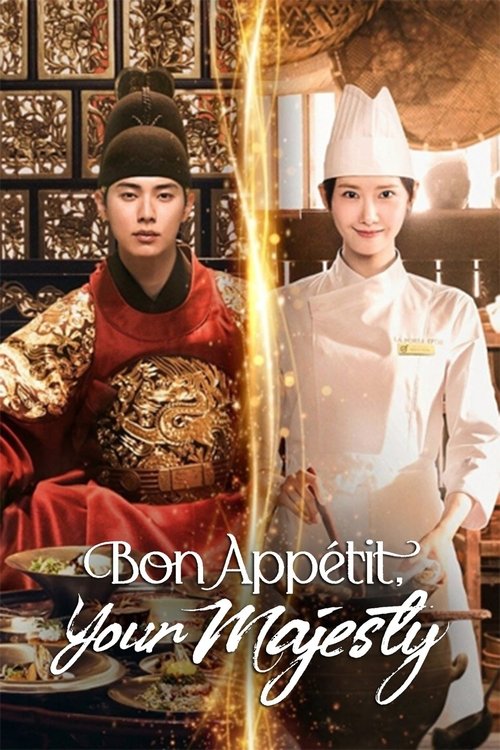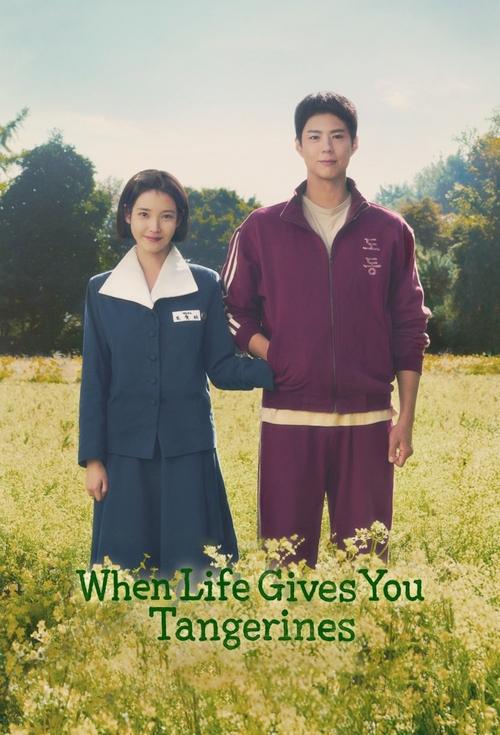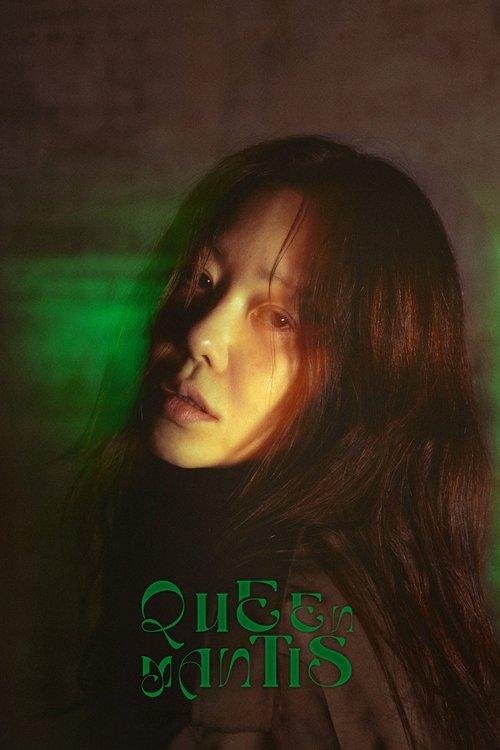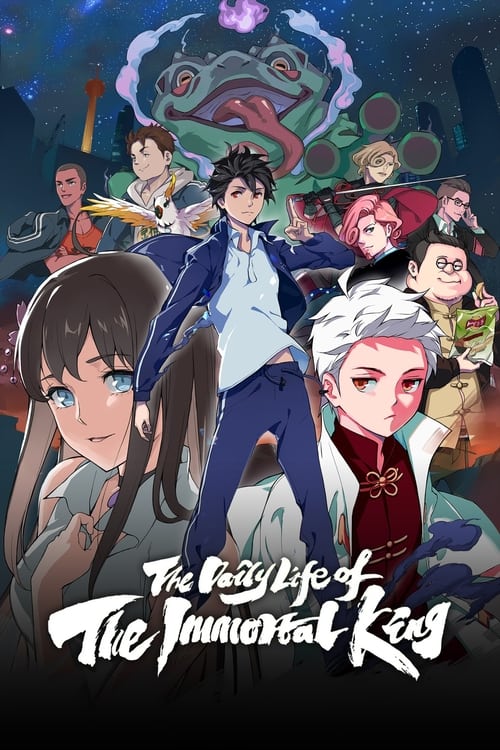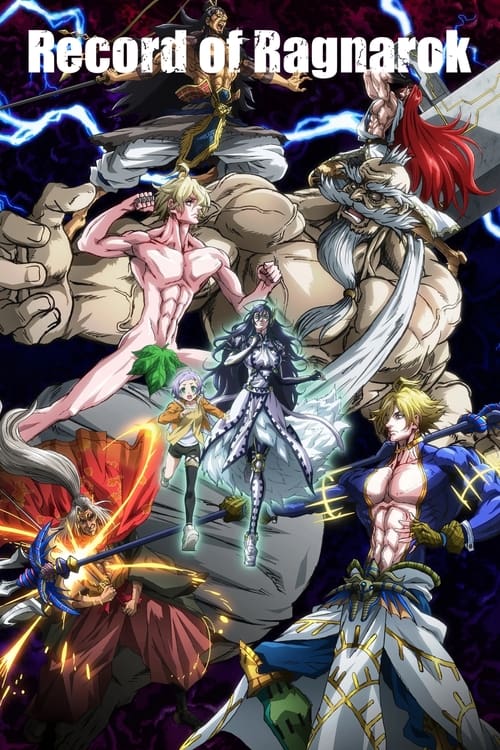
Ask Your Own Question
What is the plot?
The series begins with Hae-Sook, an 80-year-old woman, dying and arriving in Heaven. She chooses to retain her elderly form upon entering the afterlife. Shortly after, she encounters her deceased husband, Nak-Joon, who has chosen to appear in his 30s, creating an immediate visual and emotional contrast between them.
Nak-Joon works in the Heaven Support Centre, a bureaucratic organization that manages souls and their afterlife experiences. He is responsible for erasing painful memories and resentful thoughts from souls to help them move on peacefully. Despite his duties, Nak-Joon is emotionally burdened by his unresolved feelings for Hae-Sook and the many lifetimes they have shared.
Hae-Sook struggles to adjust to the rules and routines of Heaven, which is depicted as a pastel-colored, bureaucratic society with strict regulations. She is determined to reconnect with Nak-Joon and understand their complicated pasts. Their reunion is bittersweet, as they confront the pain and misunderstandings that marked their earthly lives.
Meanwhile, the president of Heaven is on vacation on Earth, leaving his hellish twin to take over Heaven for a day. During this time, the president encounters a suicidal woman on Earth. To save her, he reincarnates Jajjang, a dog from Heaven, as a female dog on Earth. The woman adopts the dog, which gives her a renewed will to live and a reason to believe in Heaven.
Back in Heaven, Nak-Joon and Hae-Sook face challenges related to their past lives and the consequences of their actions. Nak-Joon is hesitant to move on to spiritual advancement because he feels indebted to Hae-Sook. The president explains to Nak-Joon that their bond is like a prison, tying them together through multiple lifetimes.
The series also explores subplots involving other souls, such as Som-I, whose presence raises questions about memory, identity, and the rules of entry into Heaven. These side stories highlight the complexities and imperfections of the afterlife bureaucracy.
In the climax, Nak-Joon breaks down emotionally as he confronts the reality that he and Hae-Sook are destined to be together repeatedly, bound by their eternal connection. The show ends with the affirmation that Nak-Joon and Hae-Sook are soulmates, destined to reunite in future lives as husband and wife, symbolizing an unbreakable chain of love and fate.
Throughout the series, the narrative emphasizes themes of love transcending time, the pain of unresolved relationships, and the bureaucratic nature of the afterlife, culminating in a poignant reunion that blends fantasy with emotional depth.
What is the ending?
The ending of Heavenly Ever After season 1 concludes with Lee Hae-sook and Ko Nak-joon realizing they are soulmates after spending many lifetimes apart, bringing closure to their romantic story. Hae-sook visits Young-ae in a dream to give her winning lottery numbers, hinting at new beginnings, while Nak-joon confronts his guilt over past sufferings. The series closes on a bittersweet but hopeful note about eternal love and reunion beyond life.
In the final episode of Heavenly Ever After, the story unfolds scene by scene as follows:
The episode opens with Nak-joon, now in a heavenly role, tasked with erasing beings who have lived cruel or painful lives. His first target is a man who has repeatedly caused suffering across reincarnations. The second is a woman trapped in a child's body, yearning for one last moment with her pregnant daughter. This establishes Nak-joon's role in balancing justice and mercy in the afterlife.
Next, Hae-sook is granted a rare and special opportunity to visit her friend Young-ae in a dream. Heaven prepares her for this visit by dressing her as an angel, emphasizing the significance of this moment. She finds Young-ae asleep on a couch, visibly worn down and neglecting her health. Hae-sook gives Young-ae a set of winning lottery numbers as a parting gift, a reward made possible by Hae-sook's good deeds in the afterlife. Young-ae is overwhelmed by this unexpected blessing and wants to hold on to Hae-sook, but time is short. Before leaving, Hae-sook recites a simple rhyme to help Young-ae remember the encounter when she wakes.
Meanwhile, Nak-joon confronts his long-held guilt over the suffering Hae-sook endured during the 23 lifetimes they shared. He has blamed himself for much of her pain, and this episode shows him coming to terms with that guilt. The narrative reveals that Nak-joon and Hae-sook's love transcends time and lifetimes, affirming their status as eternal soulmates destined to reunite despite separation and hardship.
The story also clarifies the identity of Som-i, a mysterious figure who is revealed to be a manifestation of Hae-sook's grief over losing her son Eun-ho. Som-i represents a frozen moment in Hae-sook's emotional state, disconnected from the flow of time. The tragic backstory of Eun-ho's death is recounted: after getting lost, Eun-ho sought refuge in a church but was taken by a police officer who locked him in a cold room with an open window, leading to his death. The officer concealed this truth, and Nak-joon's subsequent accident that left him paralyzed is linked to these events.
The final scenes focus on Hae-sook and Nak-joon's reunion in the afterlife, where they finally acknowledge their deep connection and love. The series closes with a bittersweet tone, emphasizing that some bonds are too strong to be broken by death or time. The ending suggests that while their earthly lives have ended, their souls remain intertwined, offering a quiet reflection on love that endures beyond physical existence.
In terms of character fates:
-
Lee Hae-sook dies at age 80 and transitions to the afterlife, where she reunites with Nak-joon and helps Young-ae in a dream, symbolizing her continued care and influence beyond death.
-
Ko Nak-joon confronts his guilt and accepts his role in the afterlife, ultimately finding peace through reunion with Hae-sook.
-
Young-ae receives hope and a new beginning through the lottery numbers given by Hae-sook, suggesting a positive turn in her life.
-
Som-i is revealed as a symbolic figure tied to Hae-sook's grief, not a separate character with an independent fate.
The ending does not provide dramatic closure with grand events but rather a gentle, reflective conclusion focused on eternal love, forgiveness, and the continuation of bonds beyond life.
Is there a post-credit scene?
Yes, Heavenly Ever After Season 1 (Limited Series, 2025) features a post-credits scene. In this scene, Haesook is asked what she would like to be in her next life, and she answers, "An actress." This moment is meta, referencing the actress Kim Hye Ja who portrays Haesook, and it serves as a poignant nod to her enduring performance. Following this, the scene shows a young woman and man crossing paths, locking eyes, and smiling knowingly, suggesting the beginning of a sweet, reincarnated love story between them.
This post-credits scene encapsulates the show's themes of eternal love and reincarnation, reinforcing the idea that soulmates find each other across lifetimes. It provides a hopeful and tender closure beyond the main narrative's emotional farewell.
What is the nature of Lee Hae-sook's experience in Heaven after her death at age 80?
Lee Hae-sook enters Heaven keeping her elderly appearance after passing at 80, which is unusual in the show's depiction of the afterlife, and this sets the stage for her unique journey and interactions in Heaven.
How does the character Som-i's identity crisis unfold and impact the story?
Som-i experiences a significant identity crisis that becomes central to the plot, with her reveal being the series' most poignant twist; this crisis is explored through her karmic ties and past lives, although some viewers felt the pacing and earlier inconsistencies affected the emotional impact.
What are the karmic connections between the main characters, and how do these ties influence their interactions?
As the series progresses, deeper karmic ties between characters are revealed, reframing their past lives with emotional weight and influencing their relationships and decisions in the afterlife, particularly in the final stretch of the narrative.
What role does Ko Nak-joon play in the story, and how does his relationship with other characters develop?
Ko Nak-joon, portrayed by Son Suk-ku, is a main character whose relationships, especially with Lee Hae-sook and Som-i, evolve throughout the series, contributing to the unfolding mysteries and emotional dynamics in Heaven.
How is the depiction of Heaven and Hell visually and narratively presented, and what are some notable creative choices?
The world-building of Heaven and Hell is visually inventive with stylized punishments in Hell and a unique portrayal of the afterlife, though some budgetary limitations and repetitive exposition somewhat undercut these elements; the show also includes characters like Hell's manager and a director of the Heaven Support Center, adding layers to the narrative.
Is this family friendly?
The TV show Heavenly Ever After (Season 1, Limited Series, 2025) is generally a fantasy drama with elements of romance and comedy, but it contains some mature and potentially upsetting themes that may not be suitable for young children or very sensitive viewers.
Potentially objectionable or upsetting aspects include:
-
Themes of death and the afterlife portrayed with a mix of bureaucracy and dark humor, including depictions of hell with systematic punishments that are described as gruesome (e.g., liars having their tongues yanked, sinners facing boiling vats). These scenes may be disturbing for children or sensitive people.
-
Emotional intensity and trauma: The main character is an elderly woman who endured a hard life, including caring for a paralyzed husband and working as a loan shark. The series explores heavy emotional and family issues, which some viewers with PTSD or traumatic family histories might find triggering.
-
Religious and spiritual content: The show presents a version of heaven and hell that mixes Christian imagery (such as a priest and a church) with concepts like reincarnation, which may be confusing or unsettling for some viewers sensitive to religious themes.
-
Melodramatic and profound moments: The series includes heartfelt, sometimes intense emotional scenes that might be overwhelming for very young or sensitive audiences.
Overall, Heavenly Ever After is not a typical lighthearted family show and contains mature themes, emotional depth, and some dark fantasy elements that suggest it is better suited for older teens and adults rather than young children or highly sensitive viewers.



